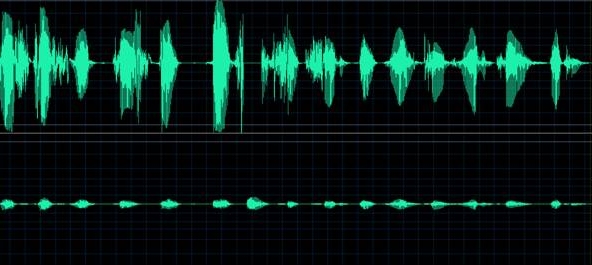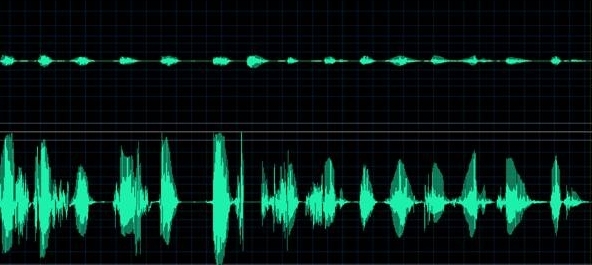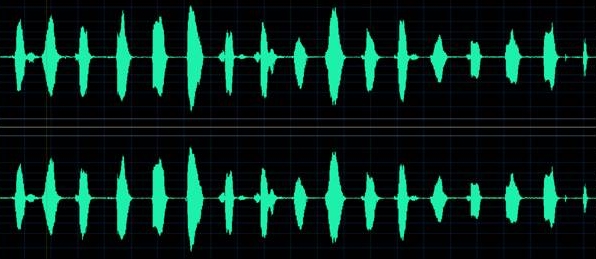What is Stereo Recording?

Stereo recording is recording onto two separate channels, one channel for the left sound input and the other channel for the right sound input. With stereo, recording on the two channels are independent of each other, and, thus, the channels can record completely different signals at a given time. This makes stereo recording dynamic, since it can produce different distinct sounds on the left channel and right channel. This is in contrast to mono recording, which is recording onto one single channel (no separate two channels for left and right inputs).
How can stereo recording be achieved? In order to record in stereo, a recording device must be used that has two microphones. Why? Because in order to record onto the two channels, two separate microphones are needed, one microphone for the left sound input channel and the other microphone for the right sound input channel. Speaking into the left microphone yields the left side input and speaking into the right microphone yields the right side input. The recording device that has two microphones that can achieve stereo recording is a 2-microphone array device. The array microphone has one microphone on the left side and another microphone on the right side. Being that it is constructed in this way, it can record in stereo, on two separate channels, a left side recording and a right side recording. Depending on which side microphone you speak into, that specific side records to a much louder extent than the other. Meaning, if you talk into the left microphone, the left channel will record most of the signal while the right microphone, being isolated on the other side, will pick up the sound much lower. Vice versa, if a user talks into the right side of the microphone, the right channel will pick up the sound much louder than the left channel. If spoken to directly centered in between both microphones, usually the right and left microphones will pick up the sound evenly and will record the signal at the same level. If different sounds are going into the microphones, the left and right channels will record distinctly different sounds; this can produce dynamic recording.
Let's now look at some visuals to see exactly how stereo recording works:

Speech spoken directly into left microphone: This is a recording when speech is spoken directly into the left microphone. You can see how the left microphone picks up so much more sound than the right microphone.

Speech spoken directly into right microphone: This is a recording
where speech is spoken directly
into the right
microphone. You can see how the right microphone
picks up so much more sound than the left microphone.

Speech spoken directly centered in between both microphones: This is a recording when speech is
spoken directly
centered in between the microphones. You can see that both microphones
pick up just about the same level of sound.
The advantage of stereo recording is that sounds are picked up as they occur directionally in an environment. If someone speaks to the left side of the array microphone, the left microphone picks up most of the sound and if someone speaks from the right side, the right microphone records most of the sound. When the sound is played back on a stereo unit, the difference in left and right sounds can be noticeably heard and it mimics surround sound. This is in stark contrast to mono recording, which only records on one channel and, therefore, does not separate or distinguish left and right sound.